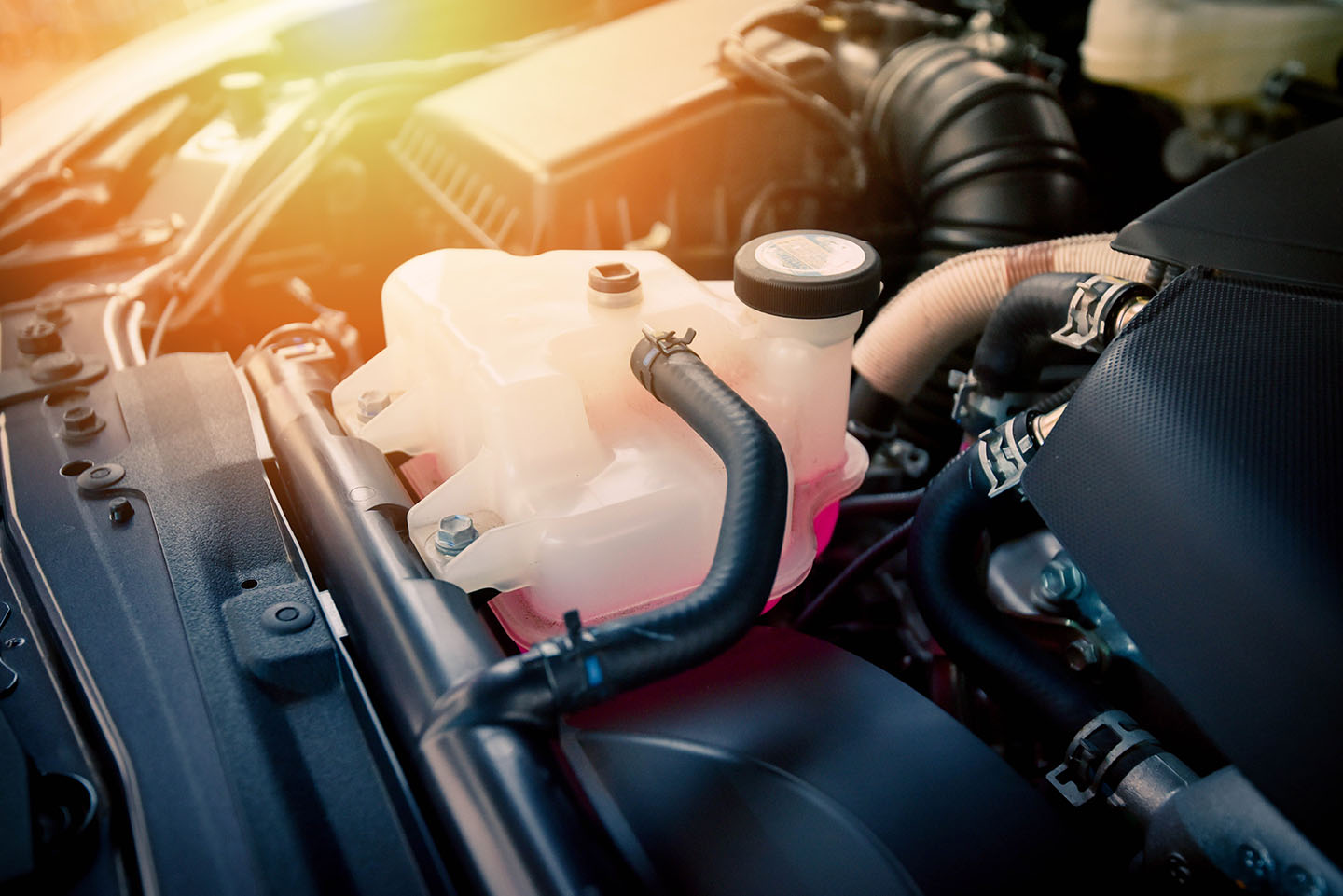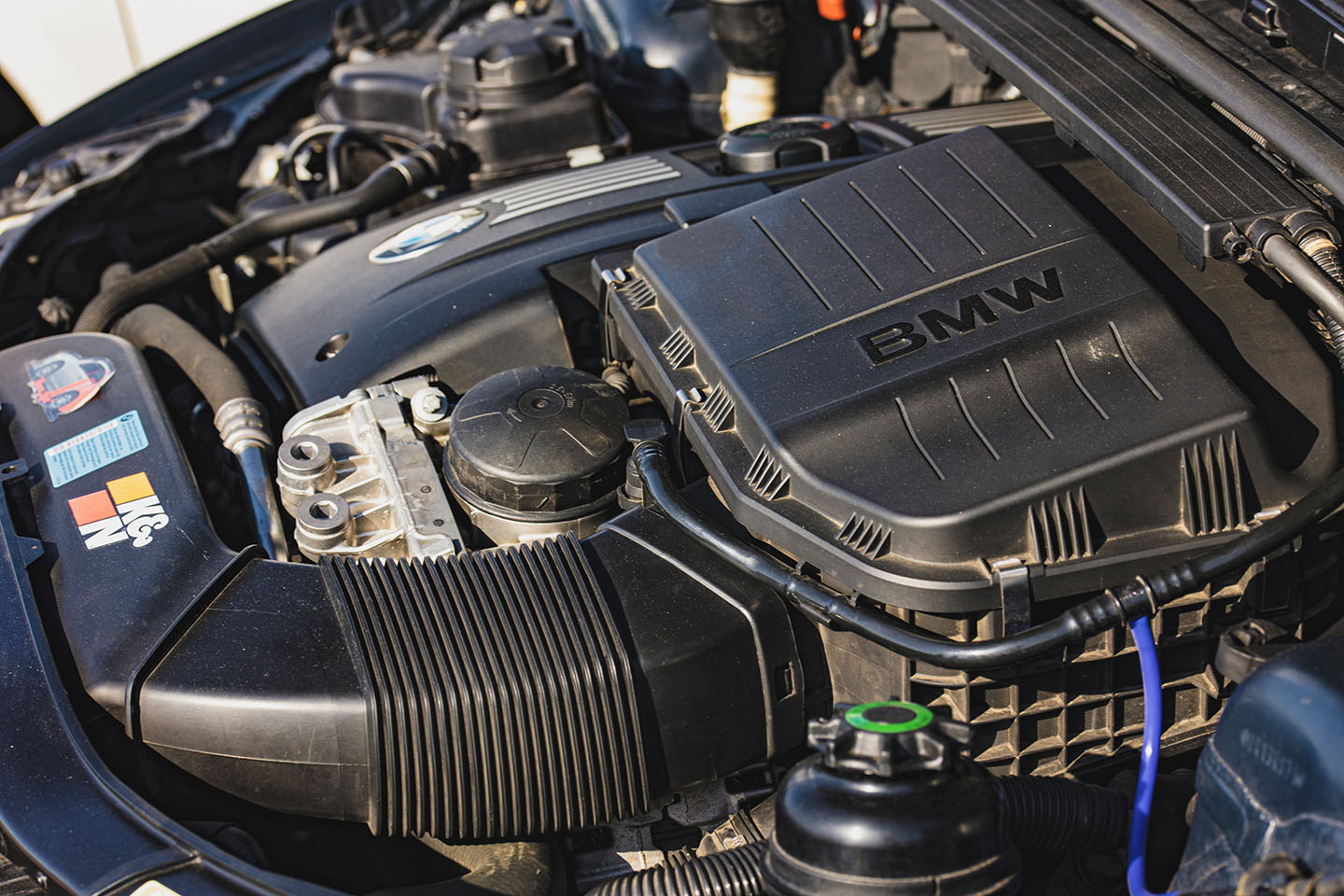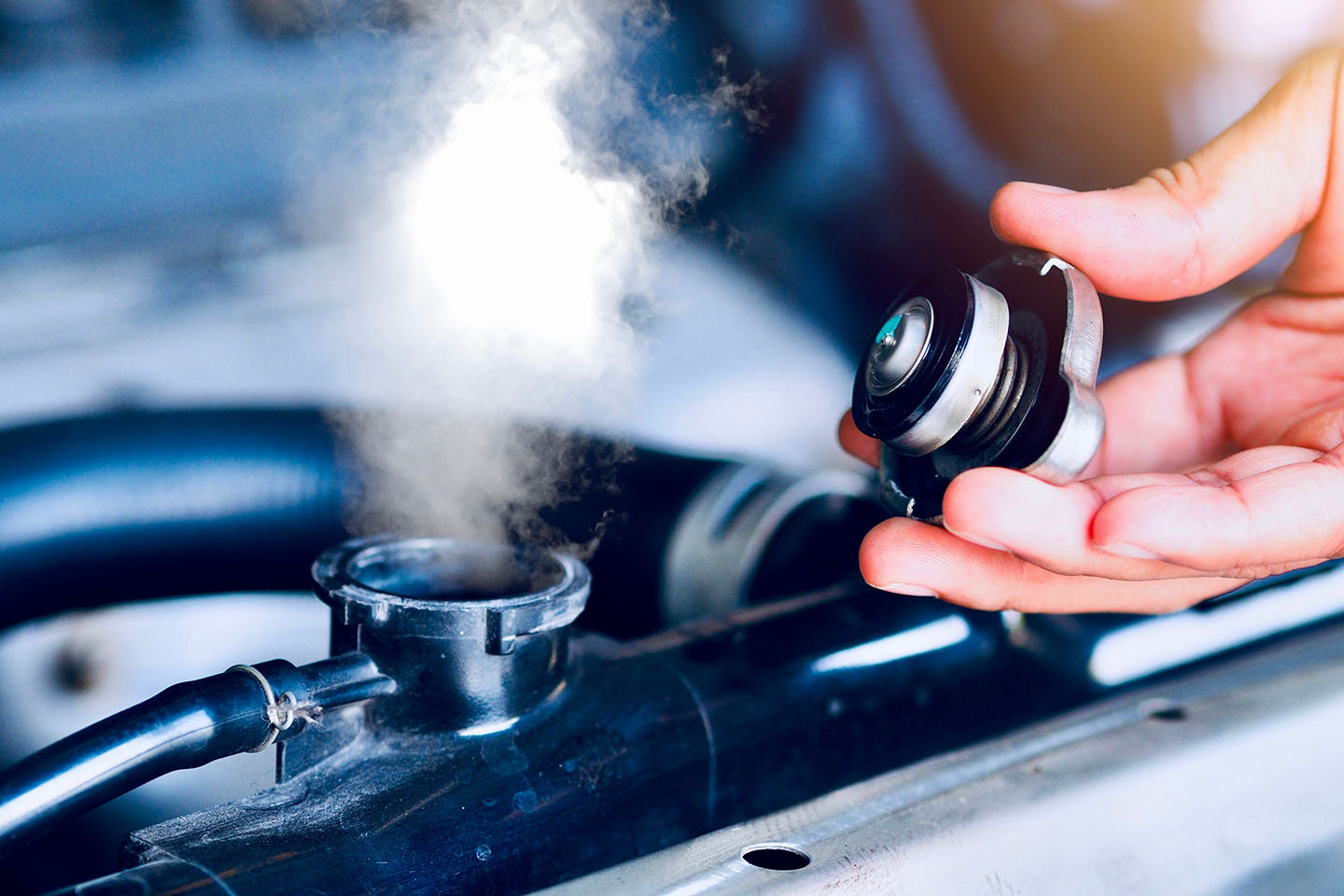Tips on How to Bleed Your Coolant System
Oct 4th 2023

Shutterstock.com / Bigc Studio
The coolant in your diesel truck regulates the temperature by diverting heat from the engine and to the radiator, where it is released naturally into the air. But the coolant in your system needs to be replaced every two years or 30,000 miles. Why?
A process known as cavitation causes microscopic airless bubbles to form in the coolant, which stick to various components. This breaks the protective seal in the oil, causing the part to degrade. The bubbles also prevent the coolant from absorbing the heat, further damaging the engine. The nitrile in the oil additives will absorb the cavitation bubbles, but they become less effective over time. Oil will eventually mix with oil as the system breaks down, leading to murky radiator fluid. Replace your coolant system parts if the engine overheats or there’s a leak in the system. Any time you repair the coolant system, the coolant will need to be drained and replaced.
When you’re ready to replace your coolant, you need to bleed the coolant system to prevent air bubbles from forming. Use these tips on how to bleed a coolant system to keep the engine from overheating.

Shutterstock.com / Filippo Carlot
How to Bleed a Coolant System
The bleed on a coolant system regulates the temperature of the coolant via the bleed valve, located at the top of the radiator. Follow these steps to remove the air bubbles.
- Turn off the engine and wait for it to cool.
- Remove the radiator cap.
Tip: The coolant is pressurized. If you take off the cap while the engine’s still warm, you’ll get a face full of hot fluid.
- Fill the radiator with coolant up to the “full” mark.
Tip: Wait for the coolant to settle as the air bubbles pop to make sure it’s full.
- Start the engine and let it run for a few minutes.
- Add more coolant as the level drops to keep the radiator full.
- Watch for air pockets leaving the radiator with the engine running. If there are still bubbles, there’s still air trapped in the system.
Tip: Squeeze the radiator hose to get rid of air. Wait for the coolant to stabilize and the bubbles to disappear.
- Replace the radiator cap, shut off the engine, and wait for it to cool.
- Check the coolant level again and refill it up to the given mark.
Tip: If the radiator hose appears swollen or crusty, it will need to be replaced. A faulty hose can leak coolant into the crankcase, causing the engine to overheat. Replace the coolant pipe to fix the problem.
Shop All of Our Oil System Products

Shutterstock.com / TANAPAT LEK.JIW
How to Bleed a Coolant System Without a Radiator Cap
If you don’t have a radiator cap, you can try using this shortcut to remove the air bubbles.
- Park on a level surface to make sure the coolant is evenly distributed.
- Start the engine and let it run for a few minutes.
- Turn the heater to the max with the fan set on low.
- Watch the coolant level in the tank and refill it as needed.
- Squeeze the radiator hose to remove any remaining air pockets.
- Turn off the engine and let it cool.
- Check the coolant level again to see if it’s dropped. Repeat the process three to seven times until the coolant level stays the same.
The entire process can take anywhere from 15 minutes to over an hour depending on the state of your cooling system and how you bleed it.
The Risks of Not Bleeding the Coolant System
Not bleeding the coolant system exposes the engine to excessive wear and tear. It may not be noticeable at first, but the problems will start to add up after a few years or less. Overheating the engine damages various parts and components. Some areas may be so hot they will burn the oil, which leads to poor lubrication. If the problem persists, the engine will eventually run out of oil, which can confuse the engine control module and the camshaft position sensor. The truck might not even start at this point. Learn how to reset the camshaft position sensor after making the necessary repairs.
Your engine is only as healthy as the fluids that run it. Spend the time bleeding your coolant system to preserve these parts for years to come.
